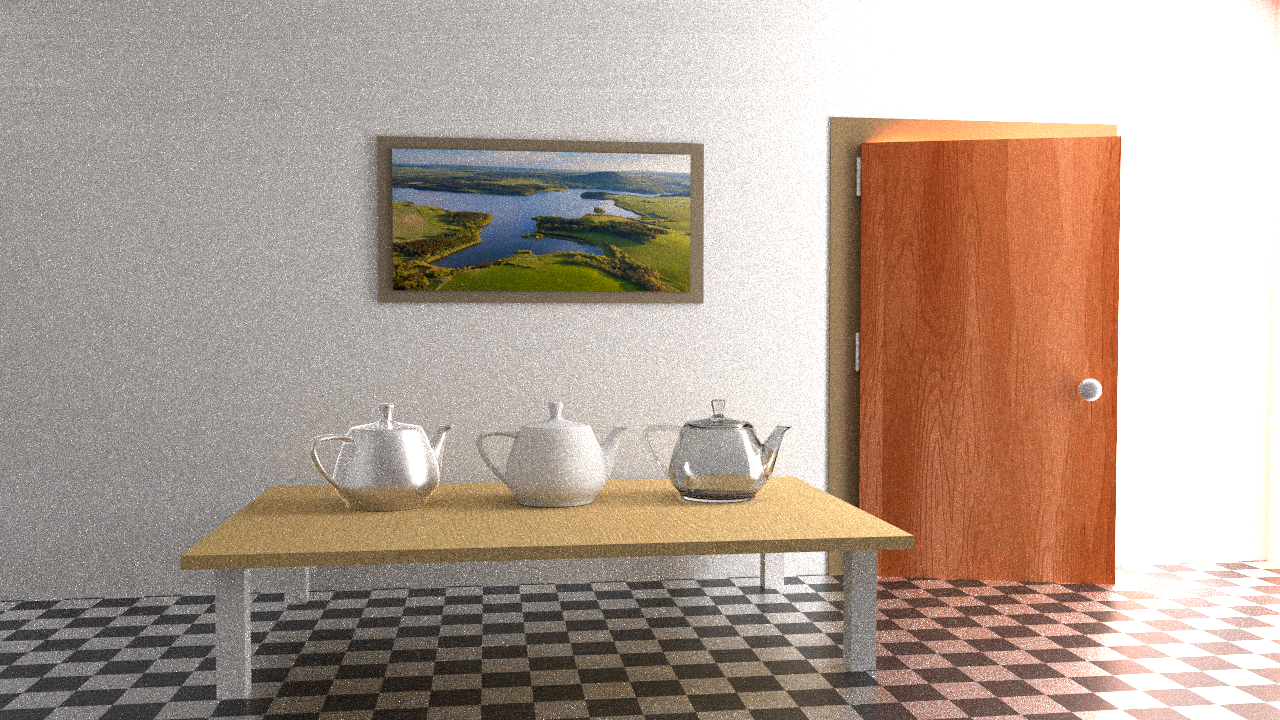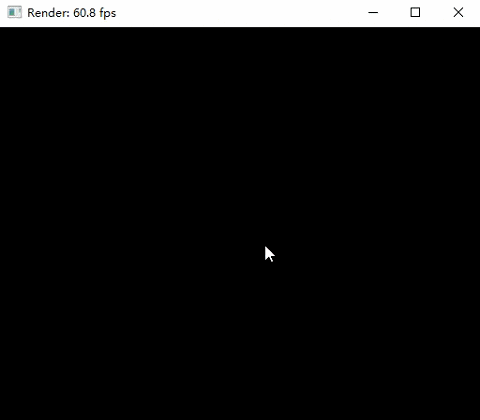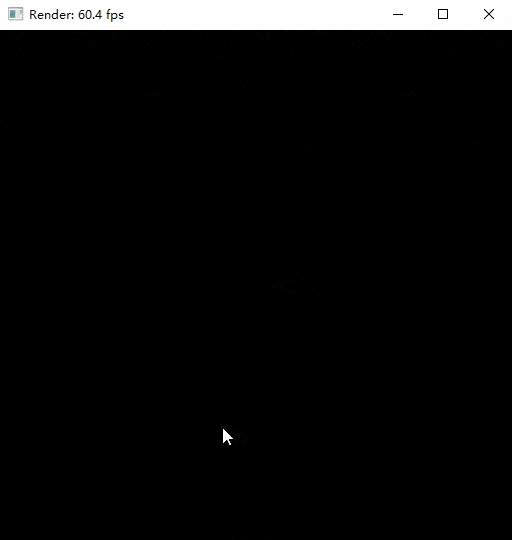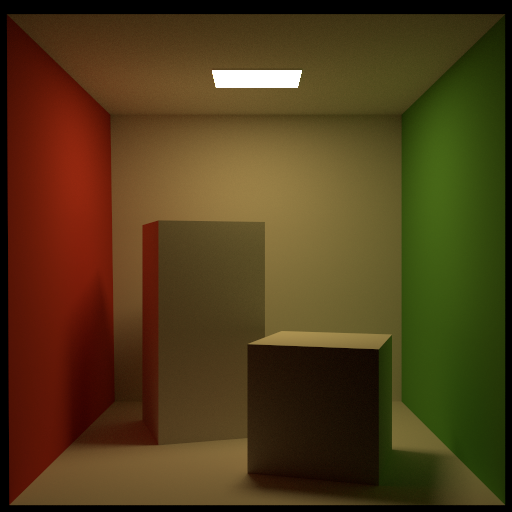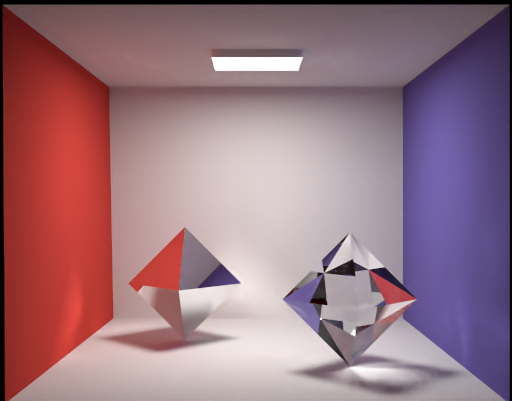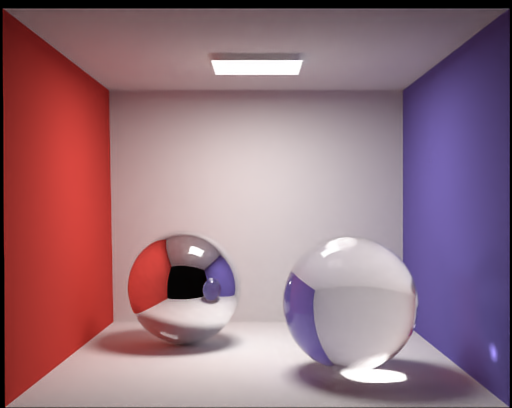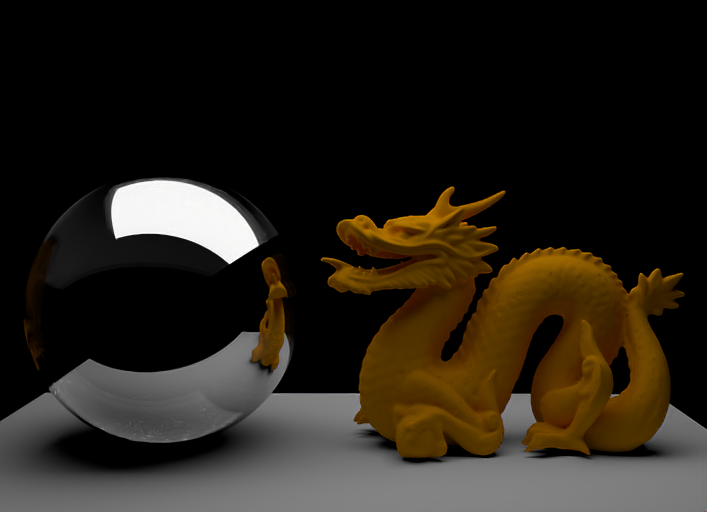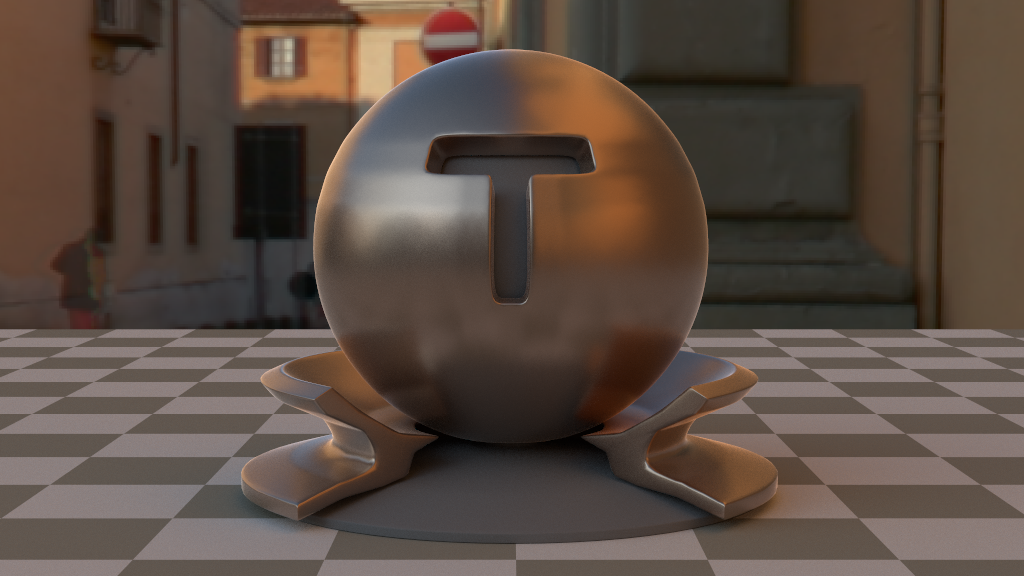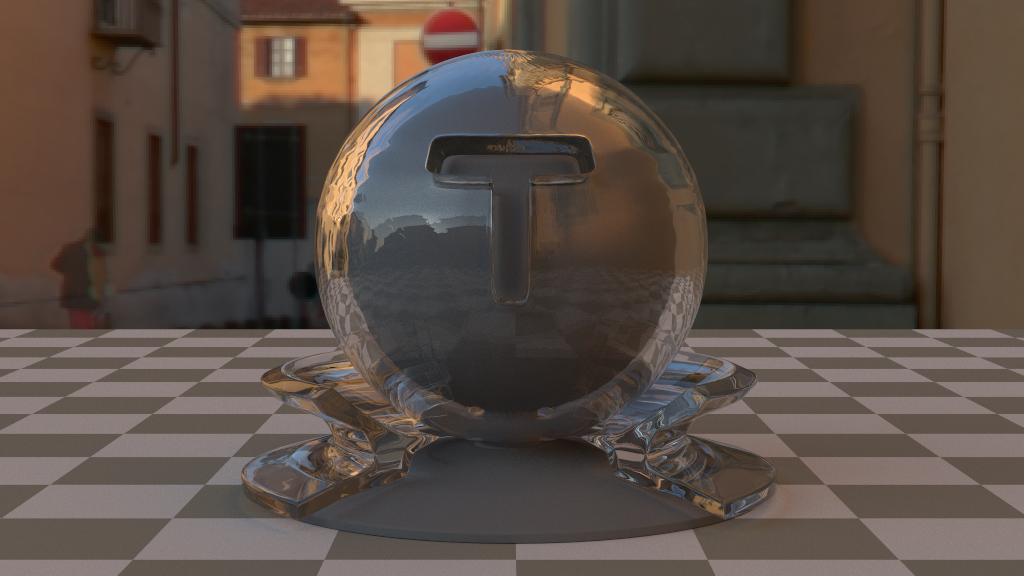4-13x speedup compared with CPU unidirectional Path Tracing.
-
If you haven’t written OOP program using CUDA and now you want to write a renderer using CUDA, I strongly recommend you learning Fermat’s structure before everything starts.
-
CUDA doesn’t support class inheritance, so try to define everything (i.e. material, shape) in some unified method as much as possible.
-
Ray query system roadmap : for loop -> recursive build and simple query BVH -> parallel build and simple query BVH -> parallel build and GPU-optimized query BVH.
-
If you don’t really care GUI, you can learning from CUDA’s SDK volumeRender.
-
Wavefront .obj scene (tiny_obj_loader), partly Mitsuba scene (XML) and custom scene format are easy to parse.
Fermat : CUDA renderer system
Megakernels Considered Harmful: Wavefront Path Tracing on GPU : Wavefront path tracer
Maximizing Parallelism in the Construction of BVHs, Octrees, and k-d Tree : Parallel ontruct BVH using morton code
Understanding the Efficiency of Ray Traversal on GPUs : Some implementation tricks on CUDA
GPU path tracing tutorial 3 : Some implementation tricks on CUDA
